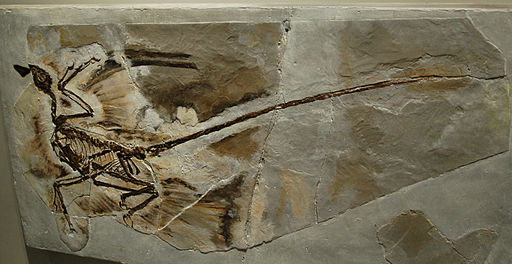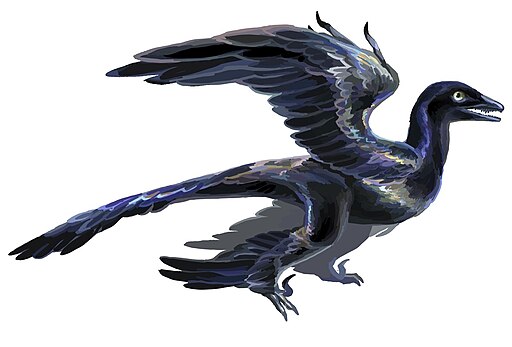The Four-Winged Dinosaur
Microraptor was a small, feathered dinosaur that lived during the Early Cretaceous period, approximately 120 million years ago.


| Meaning | Small thief [Micro-raptor] |
| Pronunciation | MY-kroh-rap-tor |
| When: | Early Cretaceous (about 125–120 million years ago) |
| Where: | Asia (China) |
| What: | Dromaeosaurid theropod (small feathered carnivorous) |
| Weight: | Estimated around 1 kg (2.2 pounds) |
| Length: | Approximately 0.7–1 meter (2.3–3.3 feet) |
| Diet: | Carnivorous (likely fed on small vertebrates and insects) |
| Discovered: | First described by Xu Xing and colleagues in 2000 |
It belonged to a group of dinosaurs known as dromaeosaurs, which were closely related to modern birds.
Microraptor was particularly notable for its unique body structure, featuring feathers on all four limbs, which gave it a remarkable ability to glide and possibly even fly.
Measuring about 1 meter (3.3 feet) in length, Microraptor had a slender body with long, feathered arms and legs.
It had sharp claws on its hands and feet, which it likely used to catch small prey such as insects, small mammals, or even fish.
Microraptor’s feathers were asymmetrically shaped, similar to modern birds, suggesting it could have maneuvered in the air with agility.
Fossils of Microraptor have been found in Liaoning Province, China, a region famous for its exceptionally preserved fossils from the Early Cretaceous.
These fossils have provided crucial insights into the evolution of flight and the relationship between dinosaurs and birds.
